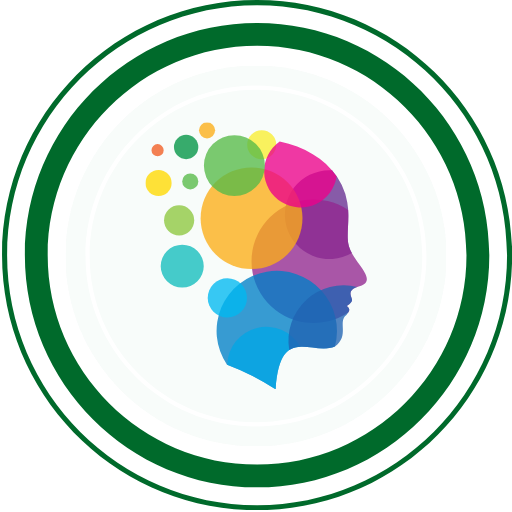
System testing is like the ultimate dress rehearsal for your software. It validates the entire system’s functionality, ensuring everything works as expected in a fully integrated environment. Let’s decode system testing, exploring its purpose, processes, tools, and tips for success.
Whether you’re a budding tester or a seasoned pro, this article will help you master the art of system testing.
What is System Testing?
System testing is a level of software testing that evaluates the complete and integrated software system. The goal is to ensure the software meets its functional and non-functional requirements.
Example:
If you’re testing a music app, system testing ensures users can search songs. Users can also create playlists and stream music seamlessly. This occurs without crashing or lagging.
Why is System Testing Important?
Skipping system testing is like skipping quality control for a new product. Here’s why it’s critical:
| Reason | Impact |
|---|---|
| Ensures Functionality | Confirms the system behaves as intended end-to-end. |
| Validates Requirements | Checks compliance with functional and non-functional specs. |
| Boosts User Satisfaction | Reduces bugs, leading to a better user experience. |
| Identifies Edge Cases | Captures issues missed in earlier testing phases. |
Types of System Testing
System testing encompasses various subtypes, each targeting specific aspects of the application.
| Type | Purpose | Example |
|---|---|---|
| Functional Testing | Verifies the software’s functional requirements. | Checking login, search, and payment features. |
| Performance Testing | Assesses speed, responsiveness, and stability under load. | Testing response time during high traffic. |
| Security Testing | Ensures the application is secure from vulnerabilities. | Testing login for SQL injection attacks. |
| Usability Testing | Checks user-friendliness and intuitive design. | Evaluating navigation and readability. |
| Compatibility Testing | Verifies compatibility across devices, browsers, or OS. | Testing a website on Chrome, Safari, and Firefox. |
| Regression Testing | Ensures changes haven’t introduced new bugs. | Re-checking workflows after updates. |
System Testing vs. Integration Testing
| Aspect | Integration Testing | System Testing |
|---|---|---|
| Scope | Tests interactions between modules. | Tests the entire system as a whole. |
| Objective | Validates data flow and connectivity. | Validates overall system functionality. |
| Tested Elements | Module interfaces. | Functional and non-functional aspects. |
| Environment | Partial integration environment. | Full production-like environment. |
System Testing Process
1. Requirement Analysis
Understand the system’s functional and non-functional requirements.
2. Test Environment Setup
Create a production-like test environment to mimic real-world conditions.
3. Test Case Design
Develop comprehensive test cases covering all scenarios:
- Positive and negative scenarios.
- Boundary value analysis.
- Edge cases.
4. Test Execution
Run the test cases systematically and log defects.
5. Defect Reporting and Tracking
Document the issues, assign severity levels, and track them until resolved.
6. Retesting and Regression Testing
Validate fixes and ensure no new issues have cropped up.
7. Test Closure
Summarize the test results and create a report for stakeholders.
System Testing Tools
| Tool | Description | Best For |
|---|---|---|
| Selenium | Open-source tool for automating functional tests. | Web-based system testing. |
| JMeter | Load and performance testing tool. | Performance testing under heavy traffic. |
| Appium | Mobile testing framework for cross-platform apps. | System testing mobile applications. |
| Burp Suite | Comprehensive tool for security testing. | Penetration testing and vulnerability scanning. |
| TestRail | Test case management and tracking. | Organizing system test cases. |
Best Practices for System Testing
- Understand the Big Picture: Focus on end-to-end workflows and user journeys.
- Prioritize Test Scenarios: Identify critical areas and test them thoroughly.
- Leverage Automation: Automate repetitive tasks to save time and effort.
- Collaborate: Work with developers and business analysts to understand requirements deeply.
- Document Everything: Maintain clear records of test cases, results, and defects for future reference.
Challenges in System Testing
System testing, while essential, comes with its challenges:
- Complex Environments: Setting up a realistic environment can be daunting.
- Inadequate Requirements: Unclear requirements lead to gaps in testing.
- Tight Deadlines: Pressure to deliver quickly may compromise testing quality.
Pro Tip: Use tools like Docker to create consistent and isolated test environments.
System Testing Checklist
Use this checklist to ensure thorough system testing:
- Test all functional requirements.
- Validate performance metrics like response time.
- Check for security vulnerabilities.
- Conduct compatibility tests across devices.
- Perform usability testing for user experience.
Conclusion
System testing is the gateway to a successful software launch. By evaluating the system in its entirety, it ensures the application is reliable, user-friendly, and meets customer expectations. Adopting best practices, leveraging tools, and focusing on real-world scenarios can make your system testing efforts more effective.
FAQs on System Testing
1. What is the primary goal of system testing?
To validate the entire system’s functionality, performance, and security.
2. Is system testing manual or automated?
It can be both. Manual testing is great for exploratory and usability testing, while automation suits repetitive tasks.
3. When is system testing performed?
After integration testing and before user acceptance testing (UAT).
4. What’s the difference between system testing and UAT?
System testing focuses on technical aspects, while UAT checks if the software meets user needs.
5. What role do testers play in system testing?
Testers design and execute test cases, report defects, and ensure the system meets quality standards.
System testing isn’t just a step. It’s a milestone. It ensures your software is ready to conquer the world. Or at least your user base!
QABash Nexus—Subscribe before It’s too late!
Monthly Drop- Unreleased resources, pro career moves, and community exclusives.
